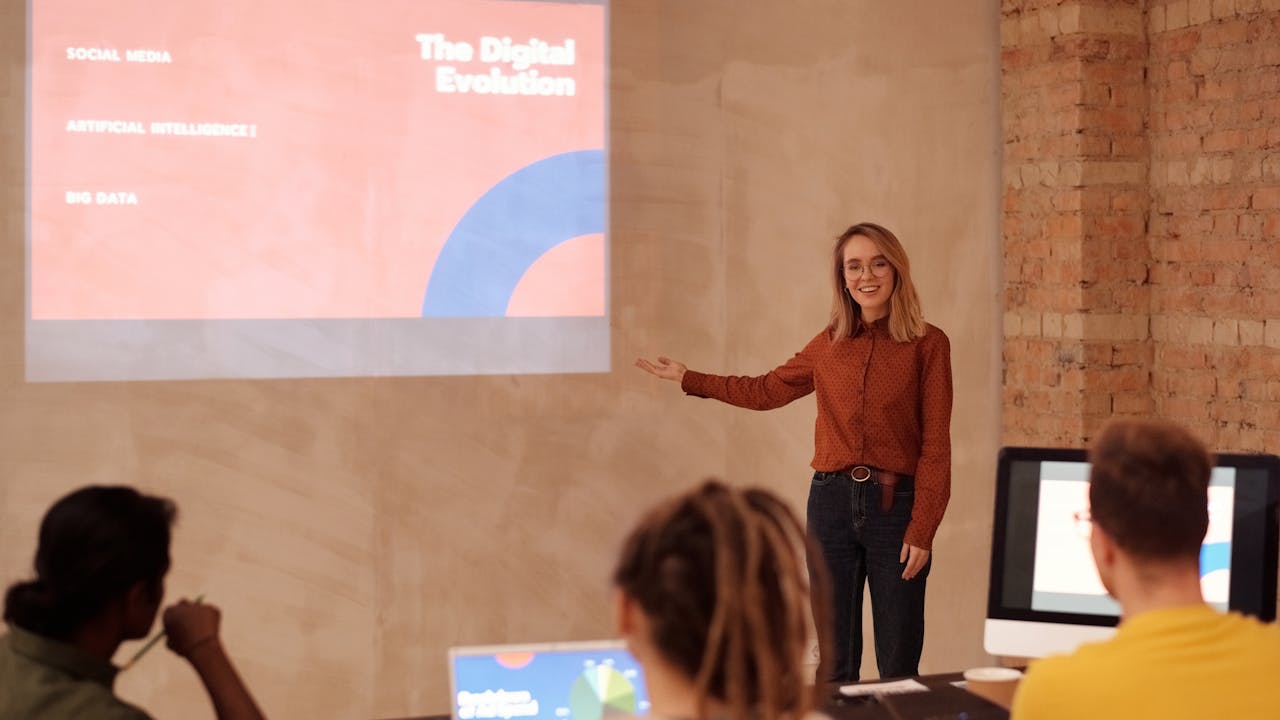In the rapidly evolving landscape of education, asynchronous learning has emerged as a powerful pedagogical approach that offers students flexibility, autonomy, and personalized learning experiences. By decoupling instruction from time and place constraints, asynchronous learning enables students to engage with course materials, activities, and assessments at their own pace, fostering self-directed learning and accommodating diverse learning styles. This article delves into the principles, benefits, challenges, and future prospects of asynchronous learning in the realm of education.
Understanding Asynchronous Learning: Breaking Free from Time and Space
Asynchronous learning refers to educational activities that take place independently of time and location, allowing students to access course materials, participate in discussions, and complete assignments on their own schedule. Unlike synchronous learning, which relies on real-time interaction and engagement, asynchronous learning offers flexibility and convenience, empowering students to take control of their learning journey and tailor their learning experiences to fit their individual needs and preferences.
The Foundations of Asynchronous Learning: Self-Directedness and Personalization
At its core, asynchronous learning is built upon two foundational principles: self-directedness and personalization. By providing students with the flexibility to engage with course materials at their own pace, asynchronous learning promotes autonomy, responsibility, and self-regulated learning skills. Additionally, asynchronous learning allows for personalized learning experiences, as students can choose the content, resources, and activities that align with their interests, goals, and learning styles, fostering deeper engagement and motivation.
Benefits of Asynchronous Learning: Promoting Flexibility and Inclusivity
The benefits of asynchronous learning are vast, impacting students, educators, and educational institutions alike. For students, asynchronous learning offers flexibility and convenience, accommodating busy schedules, competing priorities, and diverse learning needs. This flexibility promotes access and inclusivity, allowing learners from diverse backgrounds and geographical locations to participate in education without the constraints of time and place. Additionally, asynchronous learning promotes deeper engagement and reflection, as students have the opportunity to engage with course materials at their own pace and revisit content as needed to enhance understanding and retention.
Empowering Educators: The Role of Instructors in Asynchronous Learning
In an asynchronous learning environment, instructors serve as designers, facilitators, and mentors, curating course materials, designing learning activities, and providing guidance and support to students throughout their learning journey. Rather than delivering lectures in real-time, instructors create multimedia resources, discussion forums, and interactive assignments that promote active learning and student engagement. This shift in roles empowers educators to focus on fostering critical thinking, problem-solving, and metacognitive skills, while providing personalized feedback and support to students as they navigate their educational experiences.
Challenges and Considerations: Navigating the Complexities of Asynchronous Learning
While asynchronous learning offers numerous benefits, its implementation presents challenges and considerations that must be addressed to ensure effective teaching and learning experiences. Key considerations include designing clear and organized course materials, providing sufficient support and guidance to students, and fostering a sense of community and connection within the asynchronous learning environment. Additionally, instructors must carefully balance autonomy and structure in course design, providing enough flexibility for students to engage independently while maintaining coherence and alignment with learning objectives.
The Future of Education: Embracing Asynchronous Learning in a Digital Age
As we look to the future of education, asynchronous learning emerges as a valuable tool for promoting flexibility, inclusivity, and personalized learning experiences in a digital age. By decoupling instruction from time and place constraints, asynchronous learning empowers educators to reach diverse learners and create dynamic, engaging, and accessible learning environments. As we continue to explore and refine asynchronous learning practices, let us embrace the potential of flexible, self-directed learning to transform education and empower learners to thrive in an ever-changing world.
Embracing Flexibility and Autonomy in Education
In conclusion, asynchronous learning represents a paradigm shift in education, offering students flexibility, autonomy, and personalized learning experiences. By breaking free from time and place constraints, asynchronous learning empowers learners to take control of their learning journey, engage with course materials at their own pace, and pursue their educational goals on their own terms. As educators, policymakers, and stakeholders, let us embrace the potential of asynchronous learning to revolutionize education and create inclusive, accessible, and learner-centered learning environments for all.



